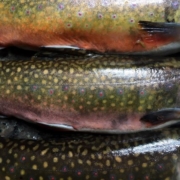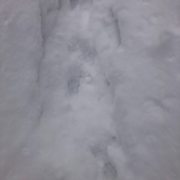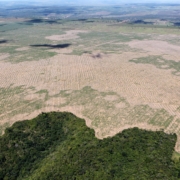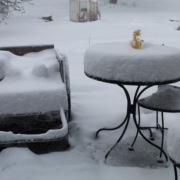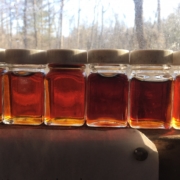Trout Fishing in Vermont
Many outdoor pursuits, were they analogized to the written arts, would read like essays or newspaper columns. Trout fishing season on the other hand – all two hundred something days of it – is a full-fledged epic novel.
This pretend book – let’s call it “Trout Fishing in Vermont” – has a sprawling, Russian feel, heavy on symbolism and descriptive elements. The story unfolds somberly, the palette heavy towards blues and grays. There’s condensed breath against steely skies. Tension in roiling, potentially hypothermic whitewater. The landscapes are stark: rivers angry; lakes desolate and sterile seeming. First the lakes look glaucomic, with blue edges and icy pupils. Later they steam like cauldrons and appear hot to the touch.
The action is slow in the early chapters. Stocked rainbows provide simple sport and early-spring camaraderie, but the experience is often blunt. Native trout, which make you work for them, can be sluggish and disinterested at first. In fact, on cold years like this one, the book starts off at a glacial pace. But don’t worry. Stick with it, and “Trout Fishing in Vermont” will prove well worth your time.
When our protagonists do make more than a fleeting appearance, often in May, sometimes as late as June, it’s always breathtaking. Matriculated rainbows shine with sheen. Hook-jawed browns present pupil-sized crimson spots. Brookies – the loveliest of all – feature greenish vermiculations that give way to shades of cadmium yellow and pumpkin orange and salmon pink, vibrant colors that grow in depth through the seasons. Part of the charm is that all these fish are beautiful and shy. They’re also sensitive – especially the brookies. To find them, you have to seek out cold, clear water first.
As the novel progresses, it becomes bright and redemptive. Most of it unfolds at a quiet, arthouse pace. There are lots of wandering subplots. A whole chapter might be devoted to a doe and fawn drinking from a pool, or a river-bottom path that leads to a splatter of chanterelles. There are mid-day naps on shady sandbars, the remnants of a fish lunch nearby.
If this all seems random in my retelling, rest assured that the author somehow makes it work.
The human characters in the book are a ragtag bunch: absent-minded poet types, streamside entomologists, worm-can-toting youngsters with old souls, dandies with $1,000 fly rods, rebels with wild hair and empty wallets, to name a few. But while they come from all walks of life, they’re united in devotion to this one particular family of fish. Why not big cretin bass, or cast and catch panfish? Why not charter-boat blues? Why trout? You may as well be asking why love. Why sing.
Read the book and you’ll understand.

